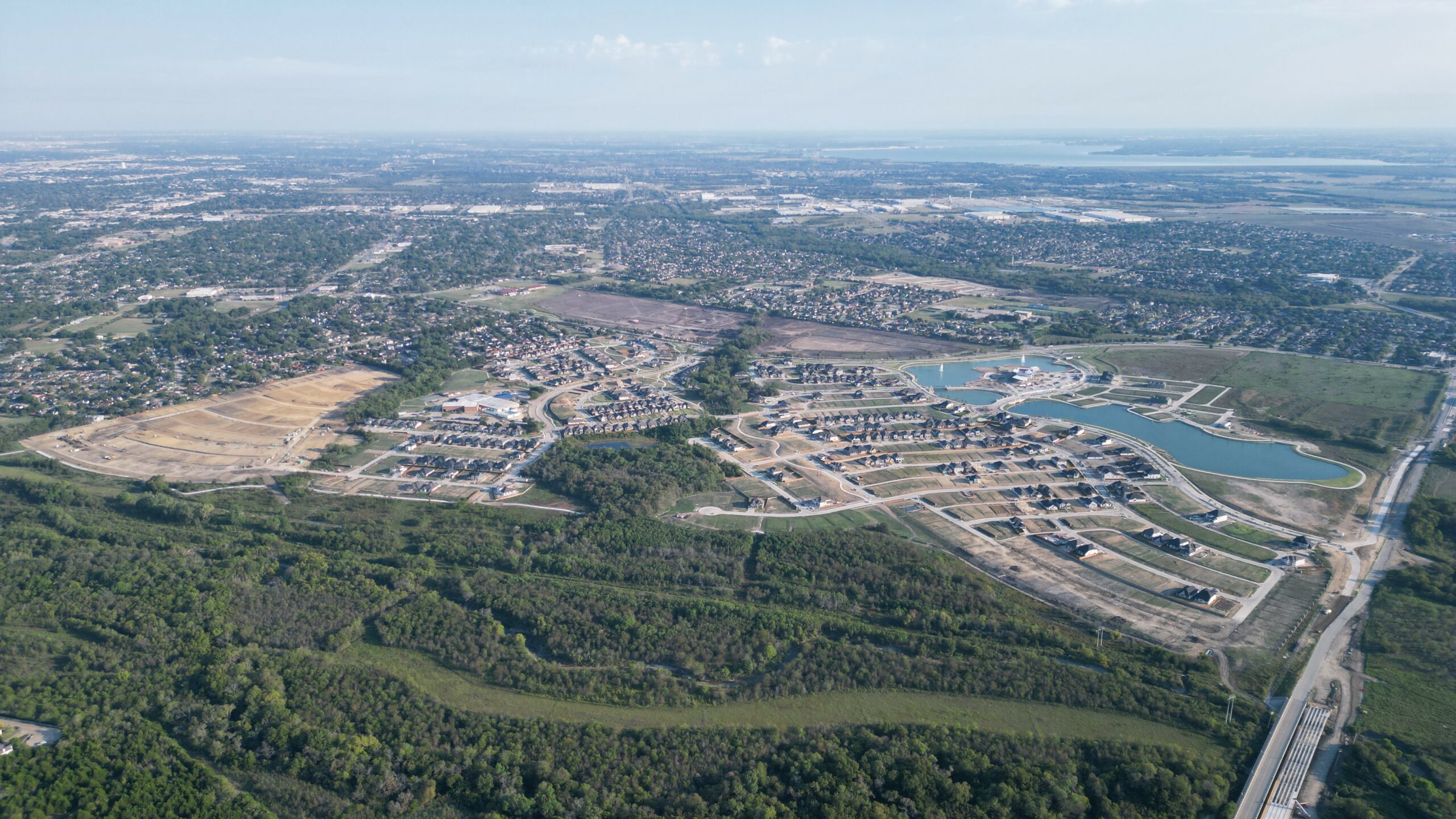
Master-planned communities (MPCs) are thoughtfully designed neighborhoods that blend residential, commercial, and recreational spaces. These self-contained environments support sustainable living while offering long-term value. Behind these developments are master-planned community developers, the visionaries who bring these large-scale projects to life. Their work involves planning, coordinating, and building communities where residents can live, work, and play seamlessly.
1. Initial Planning and Vision
Every MPC begins with a detailed plan that includes housing, schools, parks, commercial centers, healthcare access, and transportation infrastructure. Developers start by analyzing the site’s potential. They look at factors like topography, natural resources, demographics, water access, and zoning laws.
Next, they align their vision with what future residents need. This requires a deep understanding of local lifestyle trends, environmental considerations, and projected urban growth. To shape their vision, developers collaborate with urban planners, architects, engineers, and environmental experts. The result is a design that is not only functional but also visually appealing, with green spaces, trails, and welcoming layouts.
2. The Developer’s Role in Creating the Master Plan
Once the vision is clear, the developer creates a master development plan—a blueprint for the entire community. This plan maps out land use, housing types, park locations, commercial zones, and essential infrastructure like roads and utilities.
To ensure long-term success, developers plan for phased construction. They often install infrastructure ahead of residential and commercial builds, allowing homes to connect to utilities immediately upon completion.
Balancing density with open space is crucial. The goal is to avoid crowding while maximizing land use. Developers must also secure approval from local authorities. This process often includes public hearings and community feedback to refine the plan.
3. Coordinating Construction and Builders
After approval, the developer shifts focus to construction. They work closely with project managers, contractors, and builders to bring the vision to life. Developers coordinate the installation of roads, drainage systems, and utility lines—often before vertical construction begins.
Managing multiple construction phases requires tight scheduling and oversight. Developers ensure every build meets local building codes and maintains the project’s overall aesthetic. They also uphold quality standards throughout the process.
At the same time, developers start marketing the community. They showcase available homes, amenities, and lifestyle perks to attract buyers, investors, and business owners. This often involves partnerships with real estate agents, marketing teams, and architects.
4. Building in Amenities and Services
A major appeal of master-planned communities is their built-in amenities. Developers design these features to enhance daily life. These may include parks, walking trails, clubhouses, fitness centers, or golf courses.
Retail zones, such as cafes, grocery stores, and salons, allow residents to stay local for their daily needs. As a result, these communities feel more connected and self-sustaining.
Developers like Huffines Communities also incorporate essential services. They may collaborate with school districts to build on-site schools or with healthcare providers to open clinics nearby. For instance, communities like Solterra and Inspiration include schools within the community.
Today, sustainability plays a larger role. Developers often include green building practices, solar panels, and water-saving systems. Bike paths, recycling stations, and energy-efficient homes are now standard in many MPCs.
5. Managing and Maintaining the Community
Development doesn’t stop when homes are sold. Most MPCs require ongoing management and maintenance. Developers may partner with or establish homeowners’ associations (HOAs) to oversee this aspect.
These HOAs maintain common areas like parks, pools, and community centers. They also enforce community rules and help preserve property values. Additionally, developers may monitor community feedback to guide future expansions or adjustments.
As resident needs evolve, developers may update or extend the community. This flexibility ensures that the neighborhood stays vibrant and continues to attract new homeowners and businesses.
The Lasting Impact of MPC Developers
Master-planned community developers are more than builders—they are community creators. From planning and design to construction and maintenance, they shape neighborhoods that provide comfort, convenience, and a sense of belonging.
By considering infrastructure, amenities, sustainability, and future growth, developers deliver more than homes—they build places where people truly want to live.